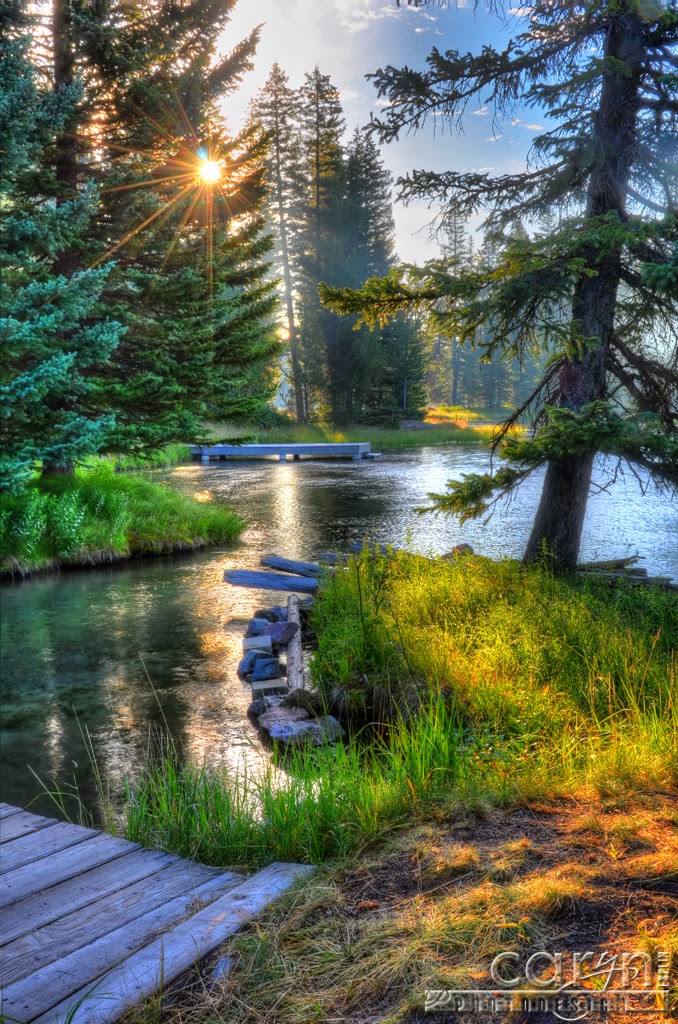 |
| Photograph by Caryn Esplin |
High Dynamic Range, or HDR for short,
is becoming a widespread technique used by photographers, such as Caryn Esplin,
who are keen to try their hand at distinctive creativity. This technique is
also available to iPhone, as well as some Android users, where a HDR feature
has been built-in to the phone’s camera capabilities. There is also the option
to download the ‘Pro HDR’ app from App Stores.
As a talented and imaginative
photographer, Esplin has taken photographic techniques, such as light painting
and HDR, and combined them to create remarkable and effective photographs. Her
portfolio also covers Macro, People, Places and Things. Esplin states that
‘photography and graphic design are some of
my favourite distractions in life, so teaching something I love, couldn't be
any better.’ (http://www.carynesplin.com/blog/)
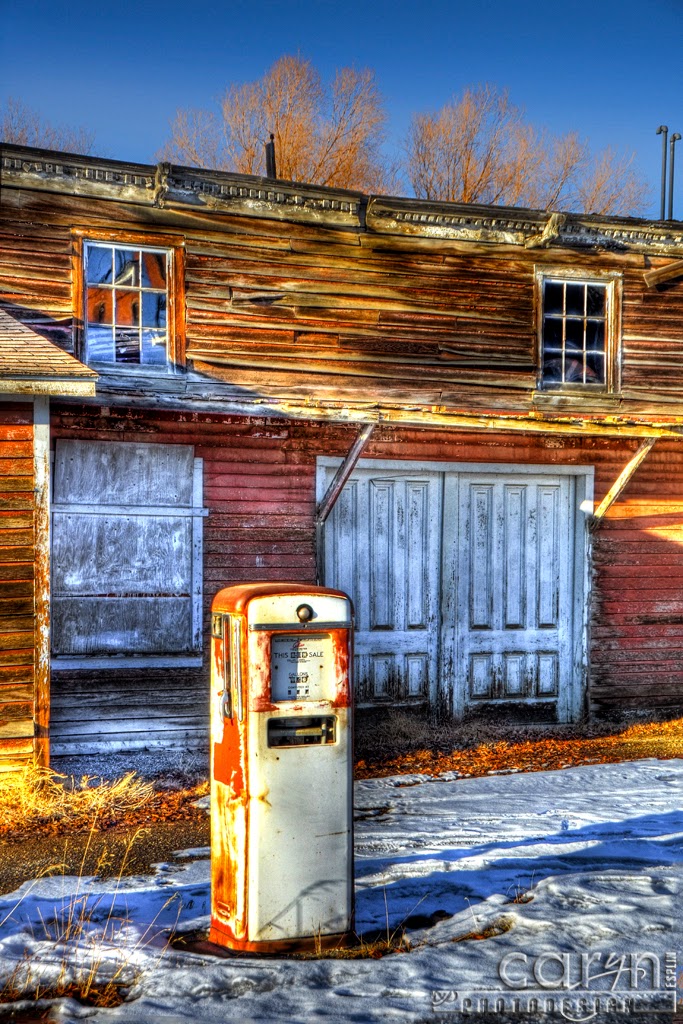 |
| Photograph by Caryn Esplin |
Esplin’s website not only
showcases her work but also explains what goes on behind-the-scenes. Periodically,
she explains the story or reason behind her images, how she achieved the end
results and includes a step-by-step guide to assist others achieve similar outcomes.
I believe that by sharing this additional information, it indicates Esplin’s willingness
to disclose the ‘secret’ techniques and thought process behind her photographs.
Many photographers do not explain the process required to achieve their end
results, so perhaps this signifies a new trend which Esplin has started, encouraging
other photographers to also share their artistic reasoning with others.
Many areas of photography are
adopted by Esplin, however, one particular style to which I am drawn is the HDR
photographs. These images are created by obtaining a few, or several, photographs
at different exposures, then manipulating these images in a program by ‘layering’
one on top of the other. HDR can produce somewhat surreal or futuristic effects,
which appear almost imaginary or pretend.
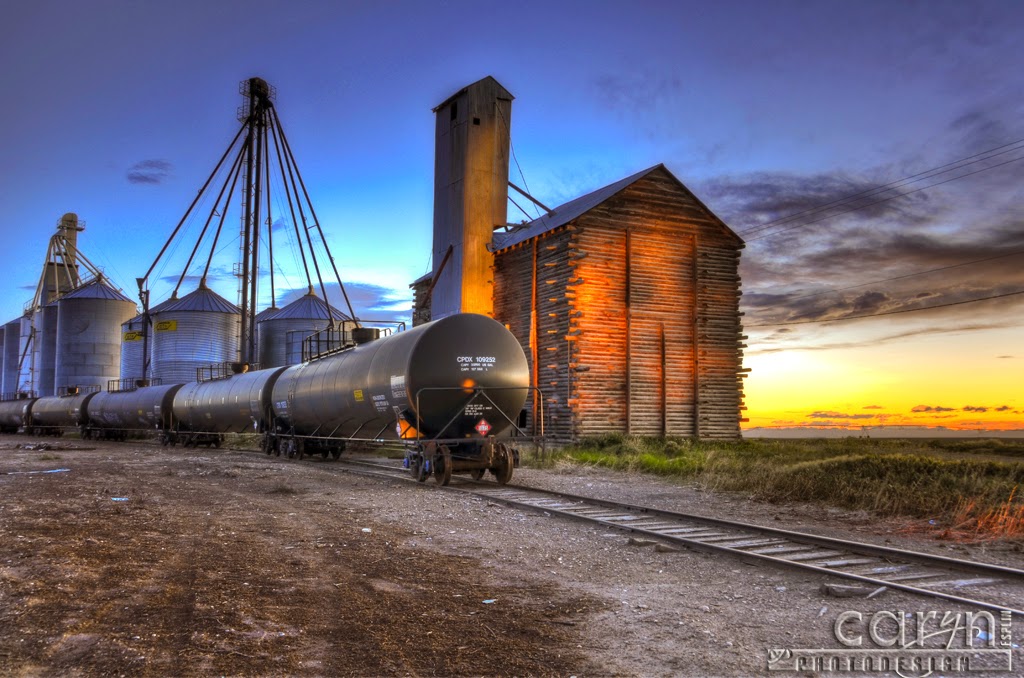 |
| Photograph by Caryn Esplin |
One particular photograph
features a train and track situated in front of a large wooden building and
silos. The resulting effects are produced by using a combination of techniques
such as bracketing, light painting, HDR and Camera Raw. Esplin states that she
achieved this result by firstly setting up her camera on a tripod at sunset and
taking three exposures, also known as bracketing. Next, she painted the facing side
of the large building in the foreground, with a light source. Esplin then opened
the images in a program called Photomatix to achieve the HDR effect. Lastly,
she edited the colours in Camera Raw. All of these steps combined create an
interesting concept and effective images. Visit this link to learn more about how
Esplin achieved her final result:
http://www.carynesplin.com/bracketing-light-painting-hdr-camera-raw/
The following are a few more
photographs by Caryn Esplin:
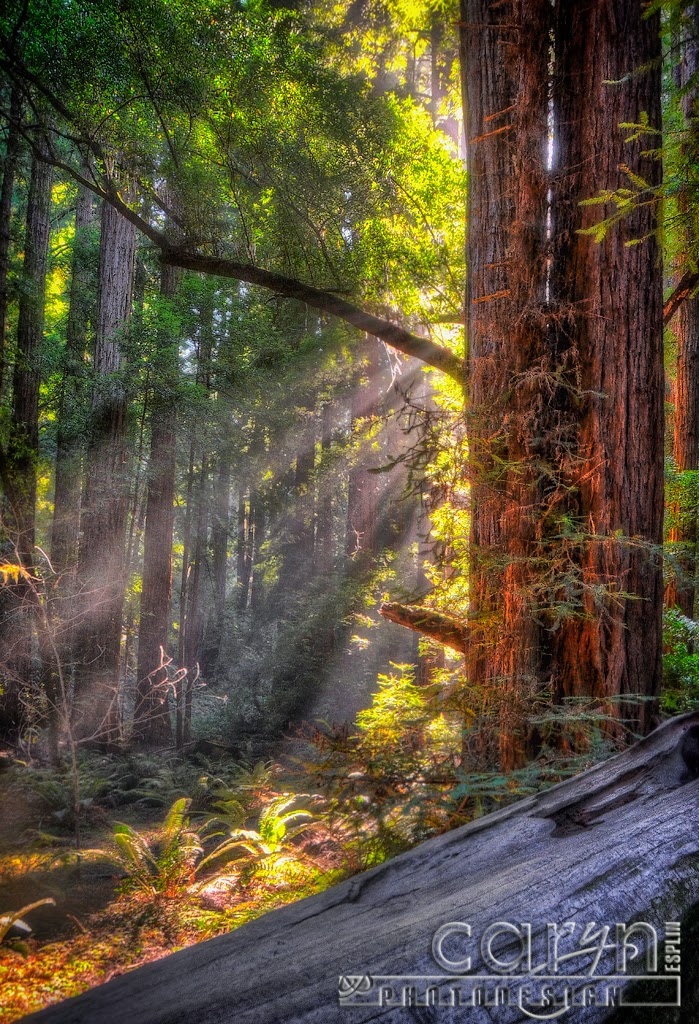 |
| Photograph by Caryn Esplin |
 |
| Photograph by Caryn Esplin |
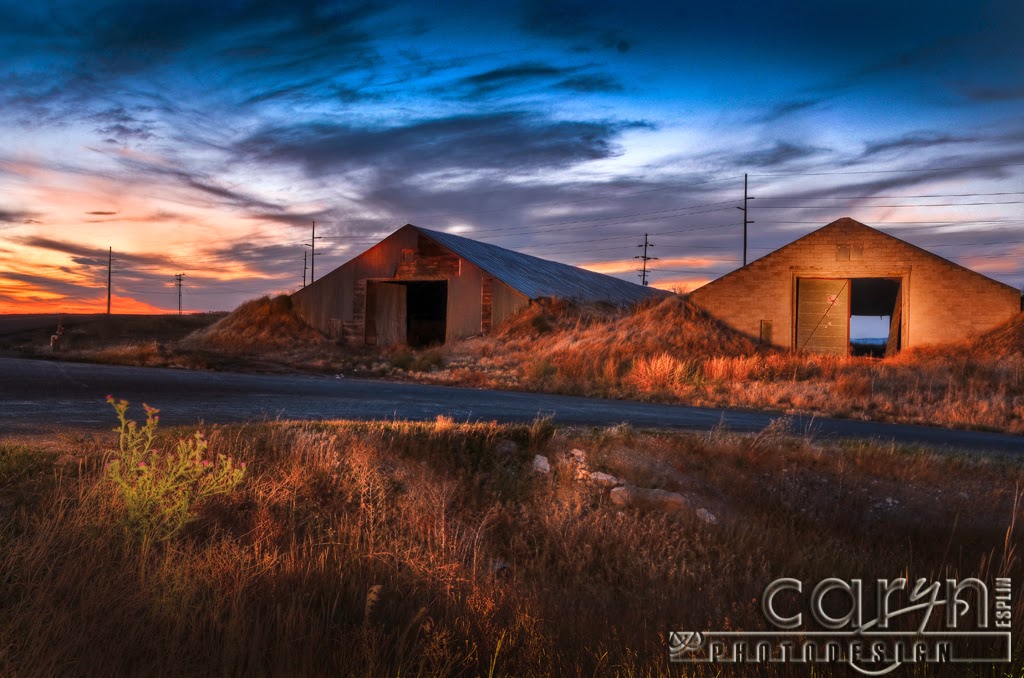 |
| Photograph by Caryn Esplin |
Posted by Chelsea
























